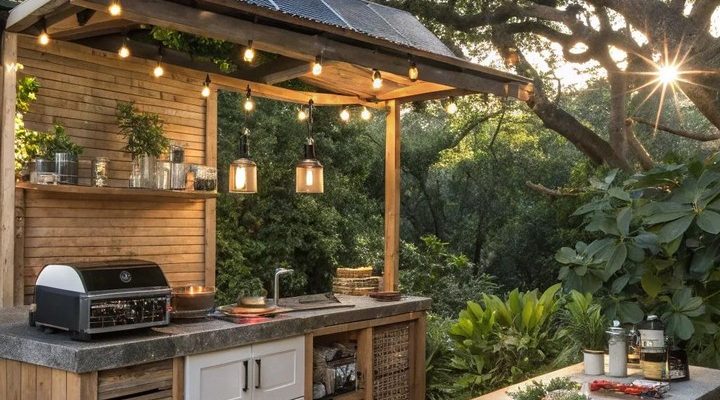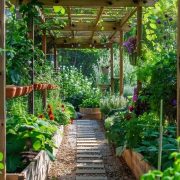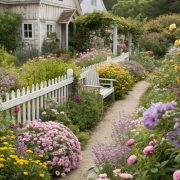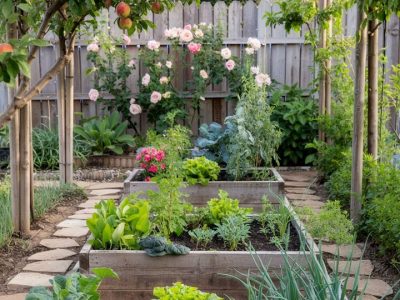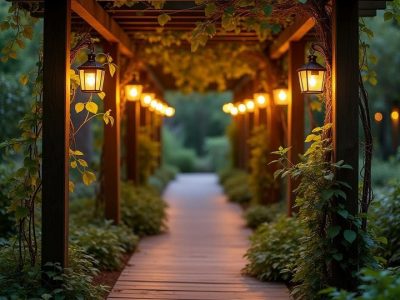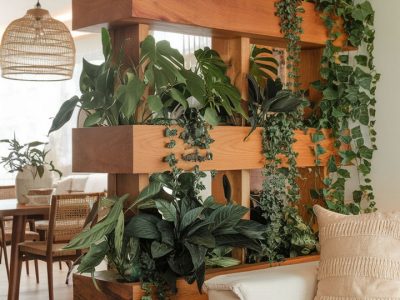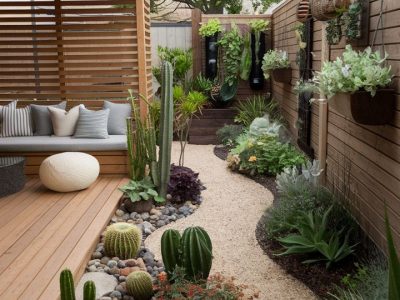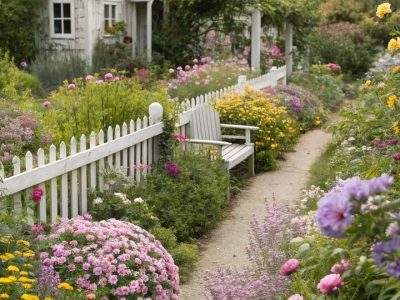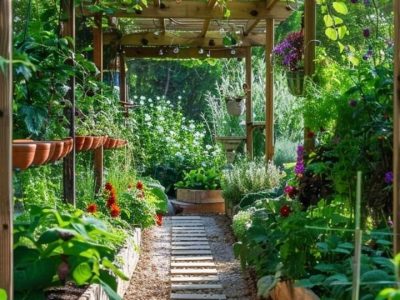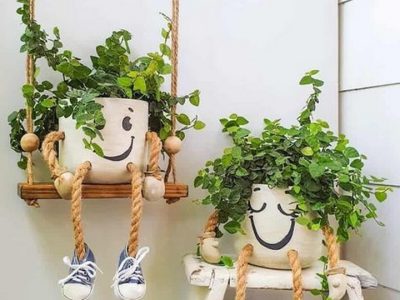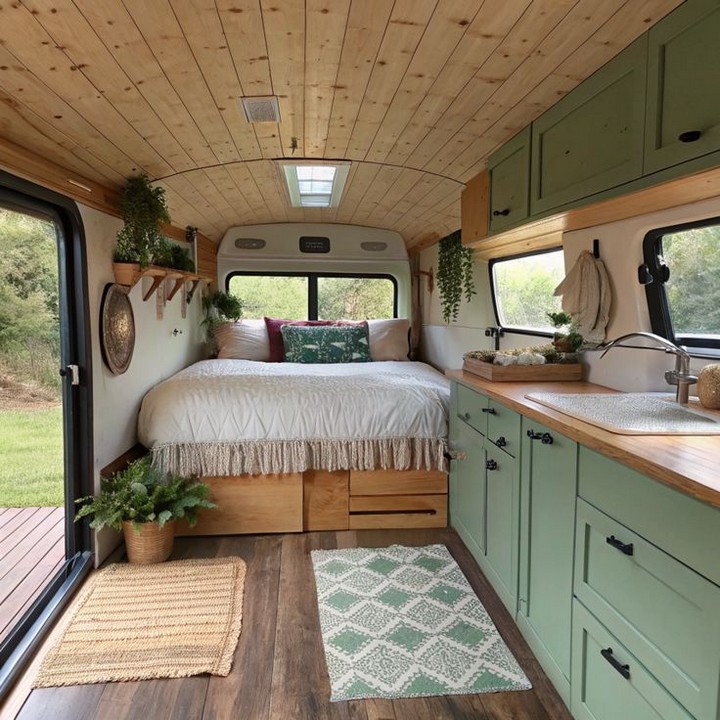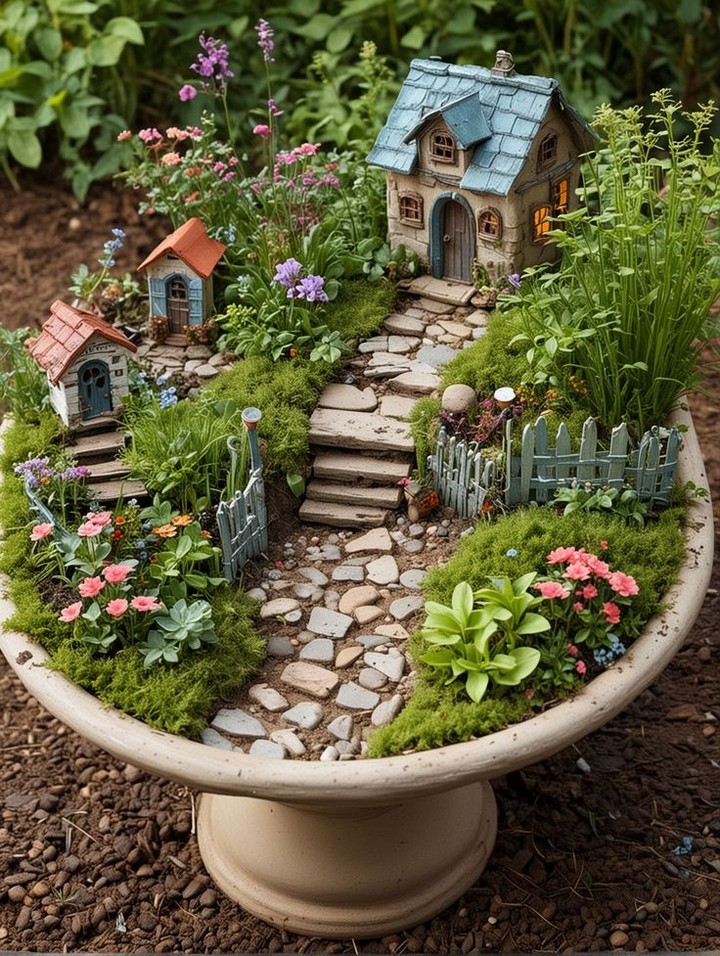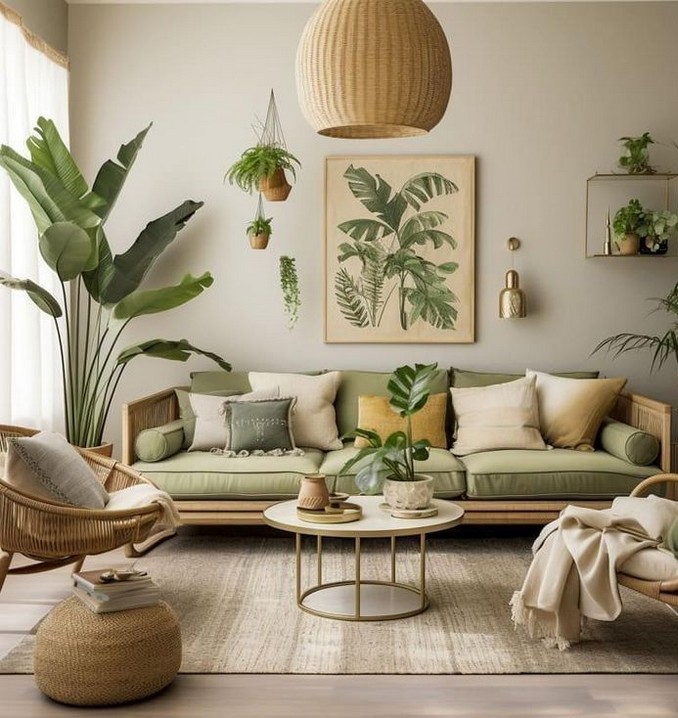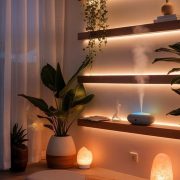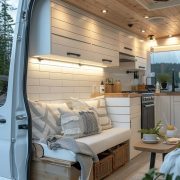Small spaces don’t have to mean small dreams when it comes to gardening. Kitchen courtyards, balconies, and tiny outdoor nooks present incredible opportunities to create lush, productive gardens that can transform both your cooking experience and living space aesthetics. Whether you’re dealing with a cramped urban patio or a narrow side yard, these 15 inspiring before-and-after transformations prove that size isn’t everything in the gardening world.
The key to successful small space gardening lies in maximizing every square inch while creating visually appealing arrangements that complement your home’s architecture. From vertical growing systems to clever container combinations, the possibilities are endless when you approach your space with creativity and strategic planning.
1. The Concrete Jungle to Herb Paradise
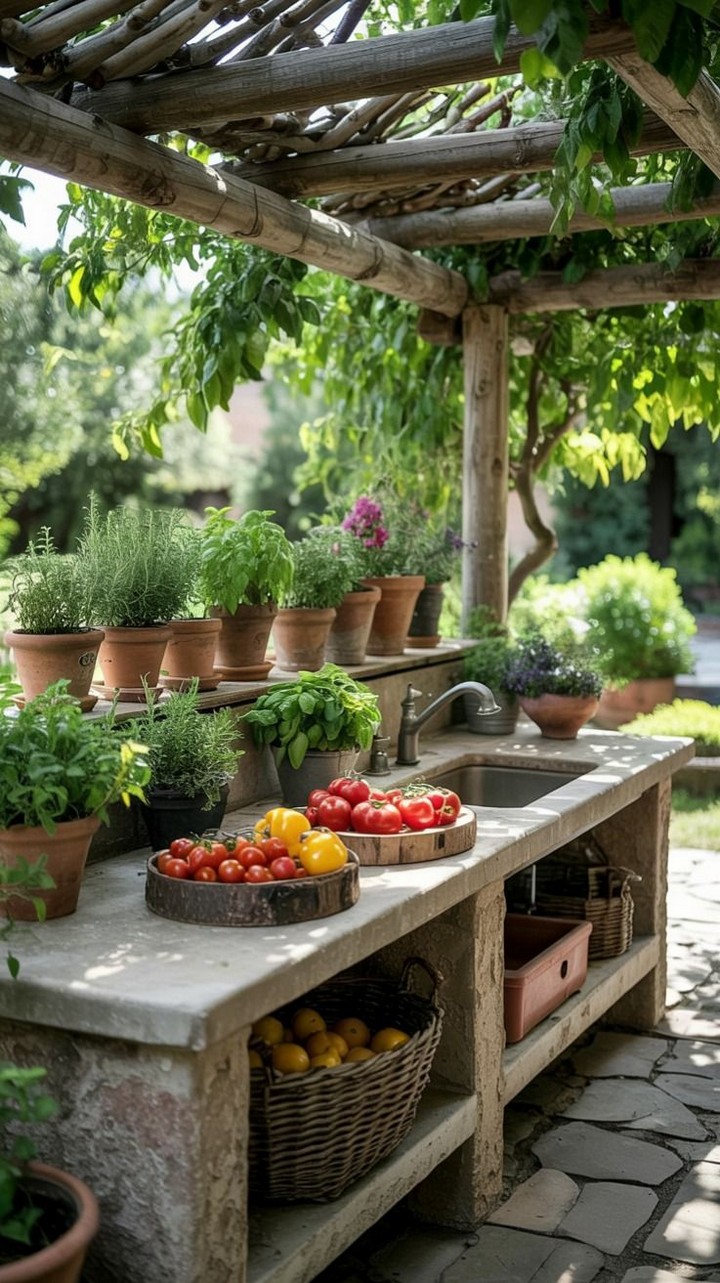
Before: A stark 6×8 concrete patio with cracked surfaces and zero greenery, surrounded by tall walls that created a shadowy, uninviting space.
After: Strategic placement of tiered herb planters against the sunniest wall, with cascading mint and trailing thyme spilling over edges. Reflective surfaces and light-colored containers help bounce available light around the space. A small bistro set nestled among fragrant basil and rosemary creates an intimate dining spot.
Key Elements: Tiered metal planters, reflective mulch, companion planting of herbs
2. The Narrow Alley Revival
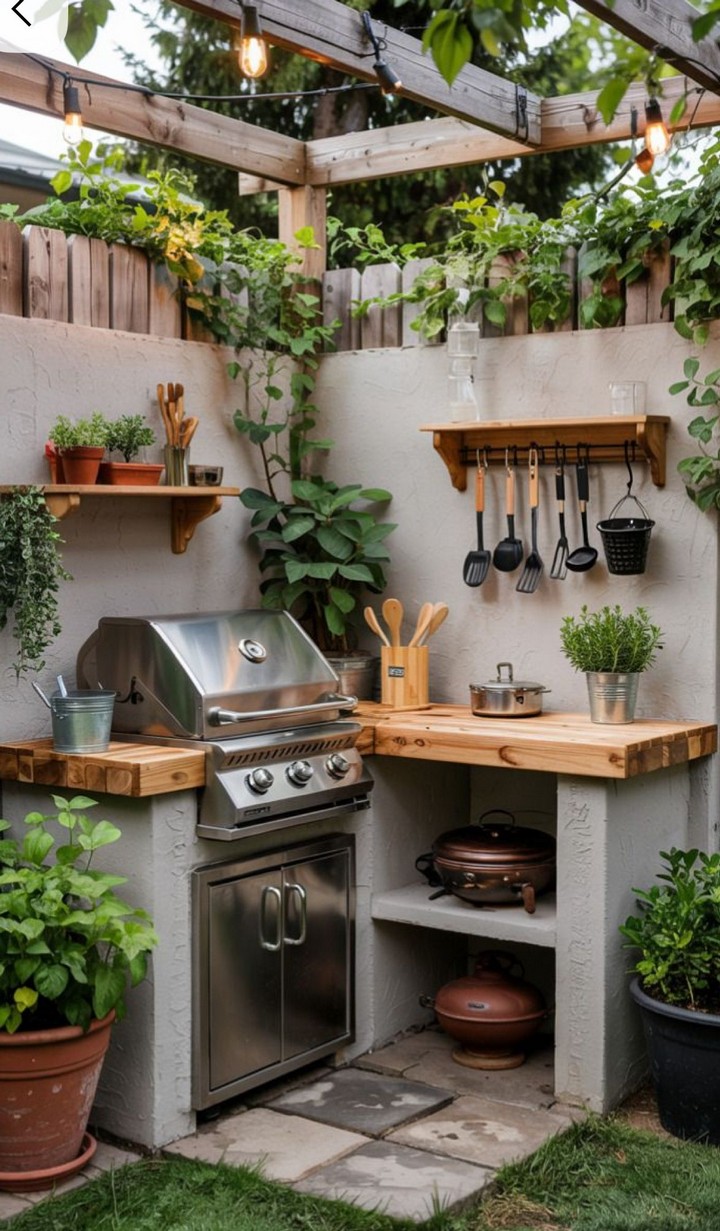
Before: A neglected 3-foot wide space between house and fence, used primarily for storage and collecting debris.
After: Transformed into a vertical garden wonderland using wall-mounted pocket planters and hanging baskets. A narrow pathway winds through towers of cherry tomatoes, pepper plants, and climbing beans. LED strip lighting extends growing hours and creates evening ambiance.
Key Elements: Vertical growing systems, drip irrigation, space-efficient varieties
3. The Windowless Courtyard Miracle
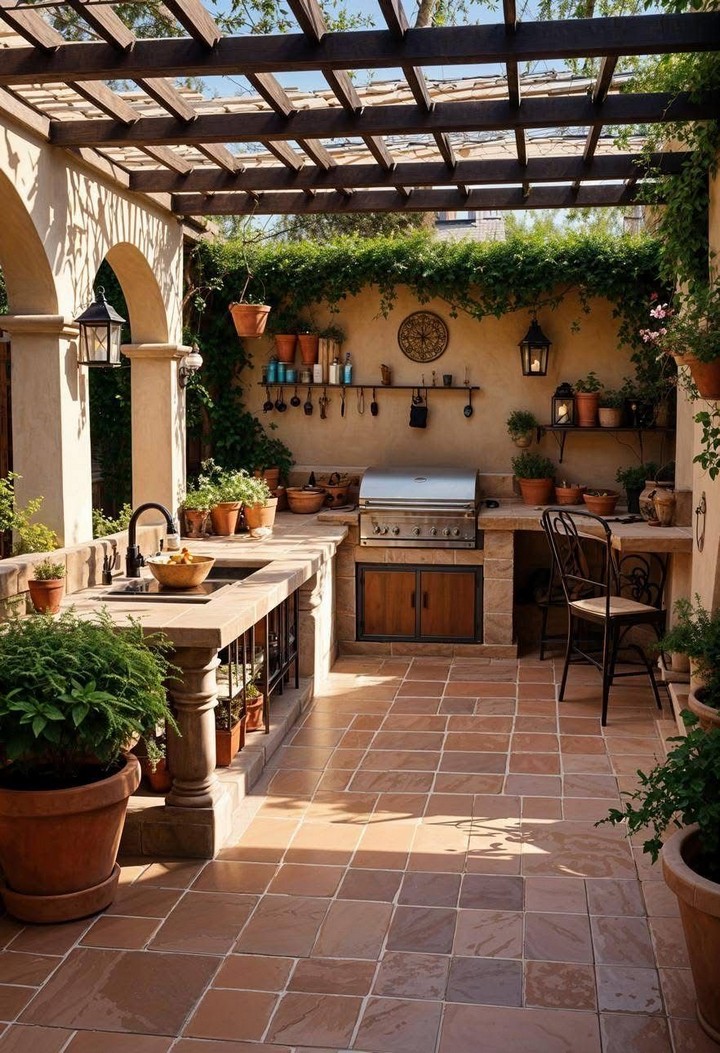
Before: An enclosed 10×10 space with no windows and poor drainage, dominated by weeds and standing water.
After: Raised bed system with proper drainage creates multiple growing zones. Dwarf fruit trees in large containers provide vertical interest, while ground-level beds showcase a rainbow of lettuces and leafy greens. Solar-powered water feature adds tranquil sounds.
Key Elements: Raised beds, drainage solutions, shade-tolerant plants
4. The Fire Escape Garden Revolution
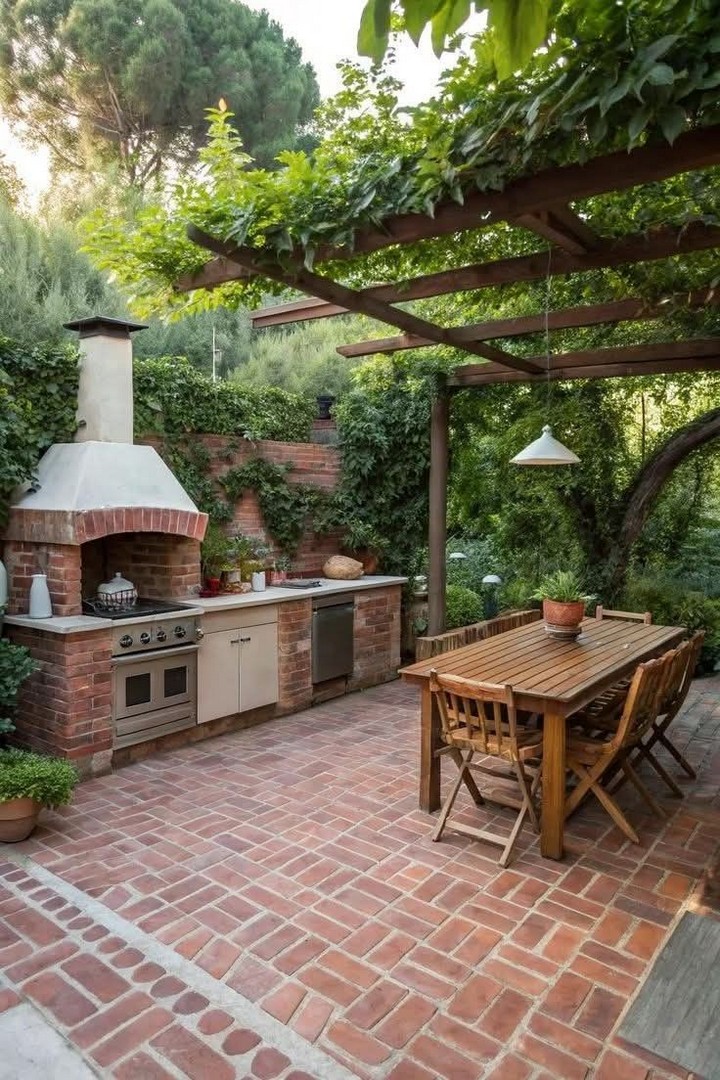
Before: A typical urban fire escape with metal grating and safety restrictions limiting gardening options.
After: Innovative rail planters and hanging systems work within safety codes while maximizing growing space. Compact varieties of tomatoes, herbs, and edible flowers create a stunning aerial garden. Lightweight containers ensure structural integrity.
Key Elements: Safety-compliant containers, lightweight soil mixes, compact plant varieties
5. The Rooftop Terrace Transformation
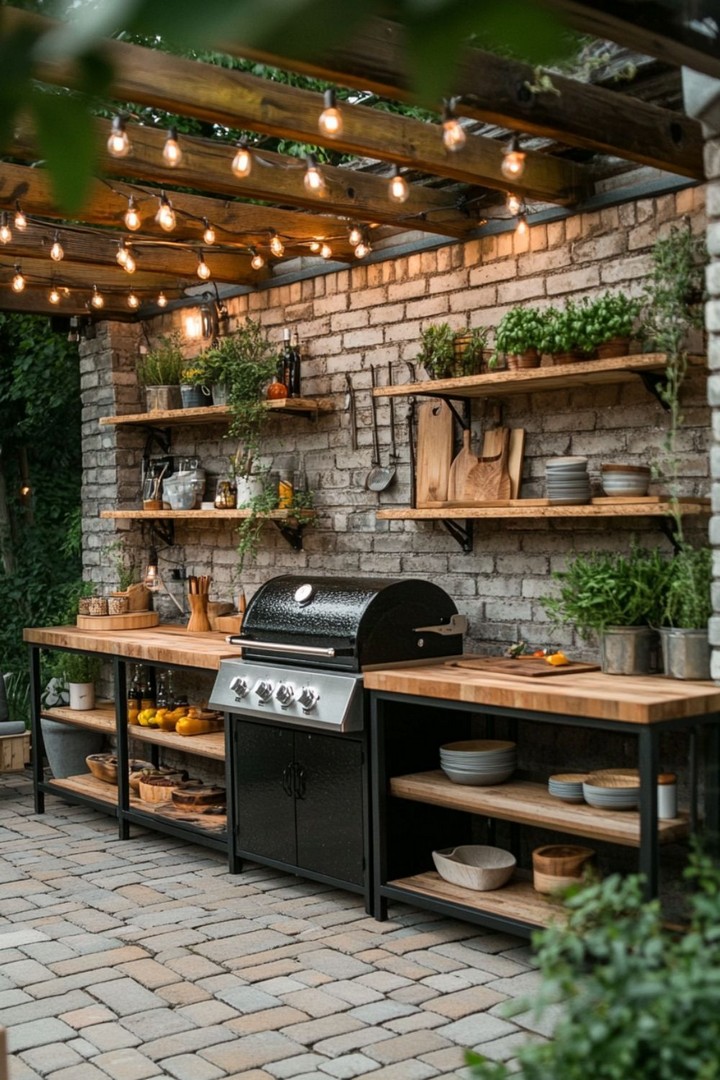
Before: A bare rooftop space with harsh conditions, extreme sun, wind exposure, and weight restrictions.
After: Wind-resistant plant selections and weighted container systems create a thriving rooftop oasis. Tall grasses provide natural windbreaks while heat-loving plants like peppers and tomatoes flourish in the intense sun. Shade cloth structures protect more delicate herbs.
Key Elements: Wind protection, weight-distributed containers, heat-resistant varieties
6. The Shaded Side Yard Success
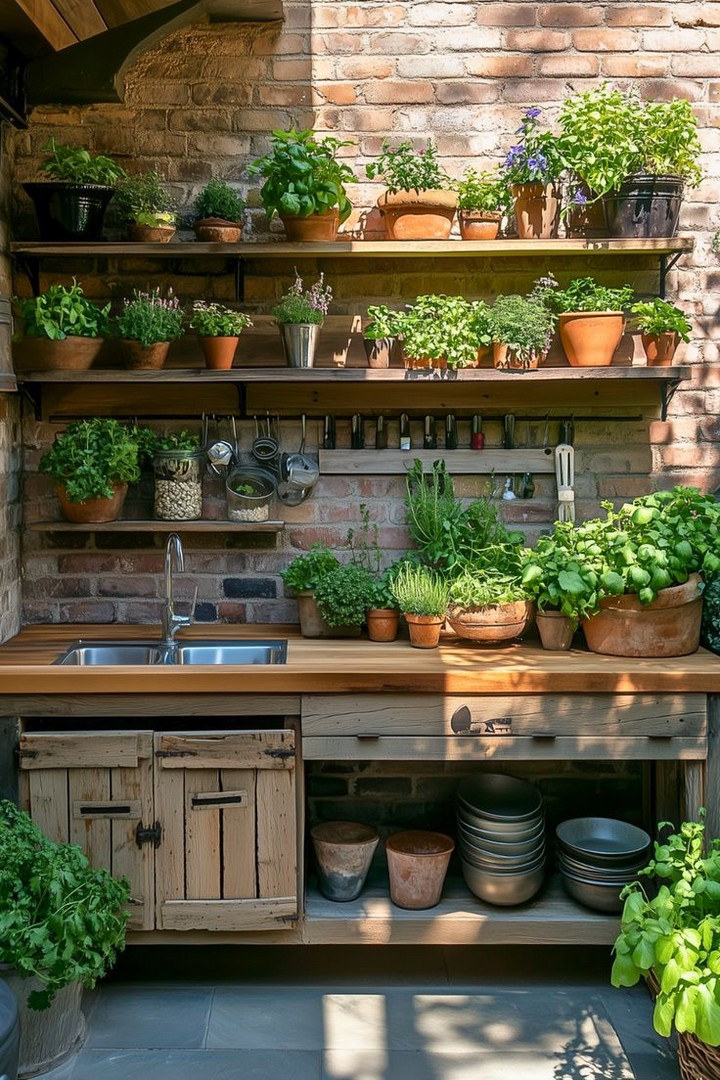
Before: A narrow strip between houses receiving only 2-3 hours of dappled sunlight daily, previously unused and overgrown.
After: Shade-loving vegetables and herbs create a lush corridor garden. Lettuce varieties, spinach, and shade-tolerant herbs thrive in custom-built raised beds. Strategic mirrors amplify available light while maintaining privacy.
Key Elements: Shade-tolerant plants, light amplification techniques, privacy screening
7. The Rental Balcony Marvel
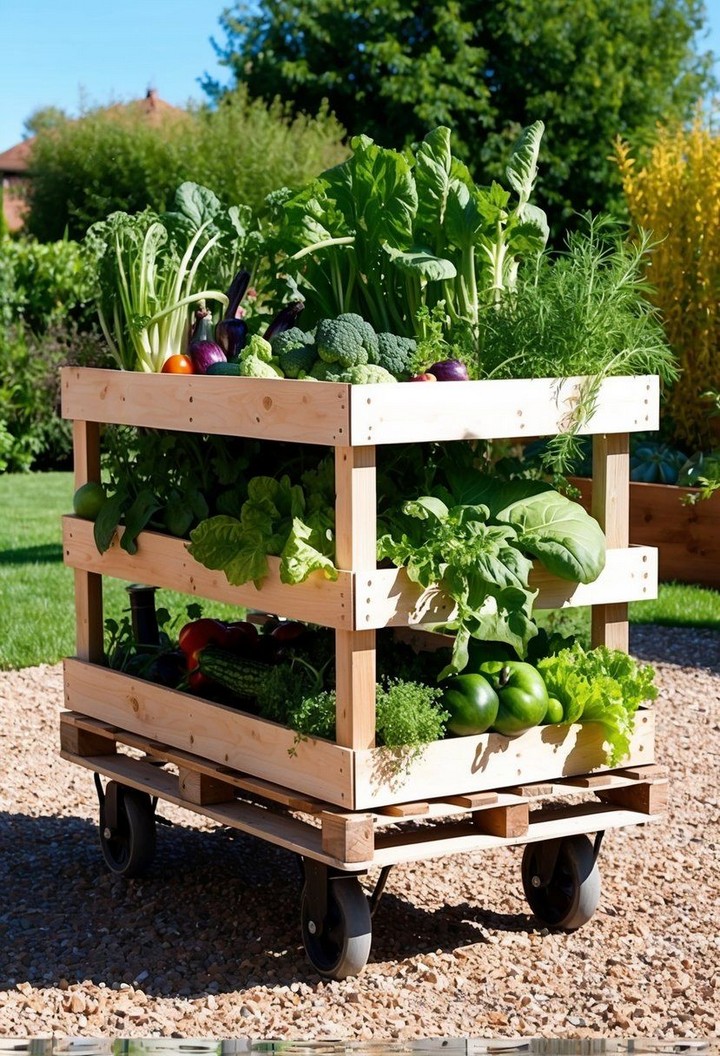
Before: A small apartment balcony with restrictions on permanent installations and drilling.
After: Mobile garden system using wheeled planters and tension-rod supports creates flexibility without damage. Renter-friendly solutions include removable trellises and temporary herb walls that can move with future relocations.
Key Elements: Non-permanent installations, portable systems, landlord-approved solutions
8. The Corner Nook Conversion
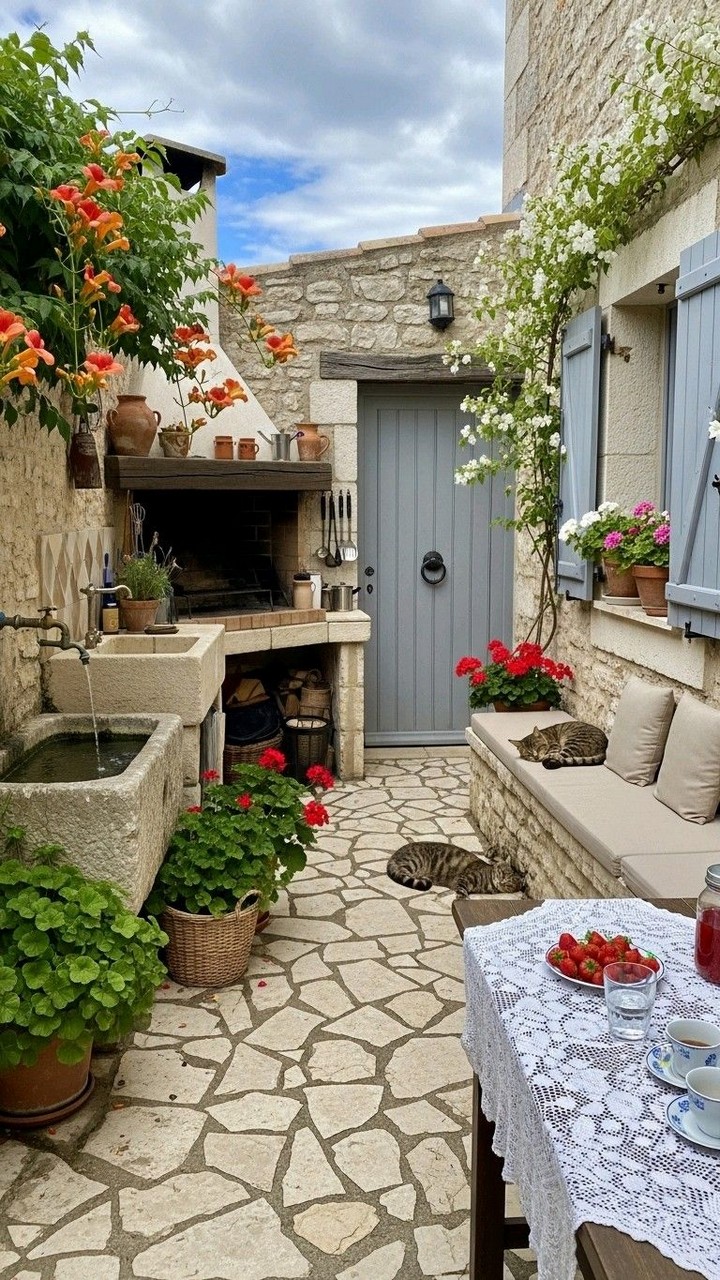
Before: An awkward triangular corner where the house meets a fence, collecting leaves and serving no purpose.
After: Custom triangular raised bed maximizes the unusual space while corner trellises support vertical crops. Three-season succession planting keeps the space productive year-round. Integrated seating provides a quiet retreat.
Key Elements: Custom-shaped beds, succession planting, multi-functional design
9. The Courtyard Water Garden Integration
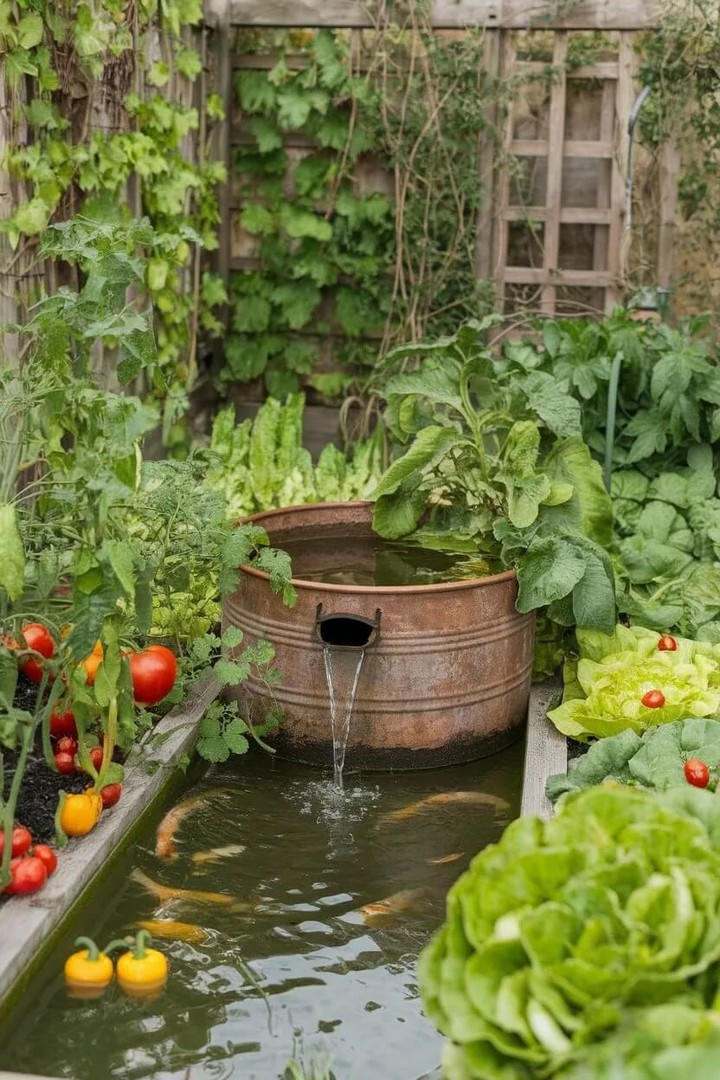
Before: A small courtyard with an unused fountain and struggling landscaping in heavy clay soil.
After: Aquaponics system integrated with the existing fountain creates a unique food-producing water feature. Fish provide nutrients for leafy greens while the water element adds cooling effects and ambient sound.
Key Elements: Aquaponics system, water circulation, integrated design
10. The Mediterranean Microclimate
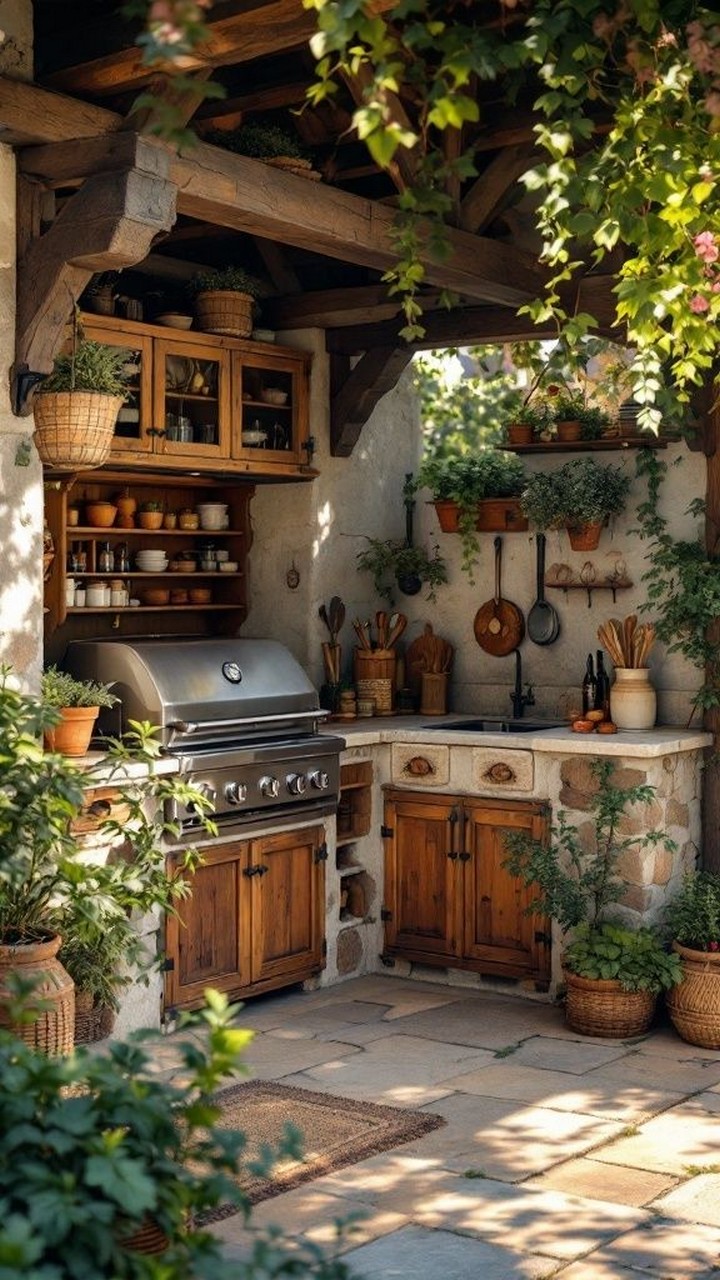
Before: A sun-baked courtyard with reflected heat from surrounding walls creating harsh growing conditions.
After: Mediterranean herb garden with drought-tolerant varieties thrives in the intense conditions. Terra cotta containers and gravel mulch complement the climate while conserving moisture. Olive trees in large pots provide structure and eventual harvest.
Key Elements: Climate-appropriate plants, water conservation, architectural plants
11. The Vertical Wall Farm
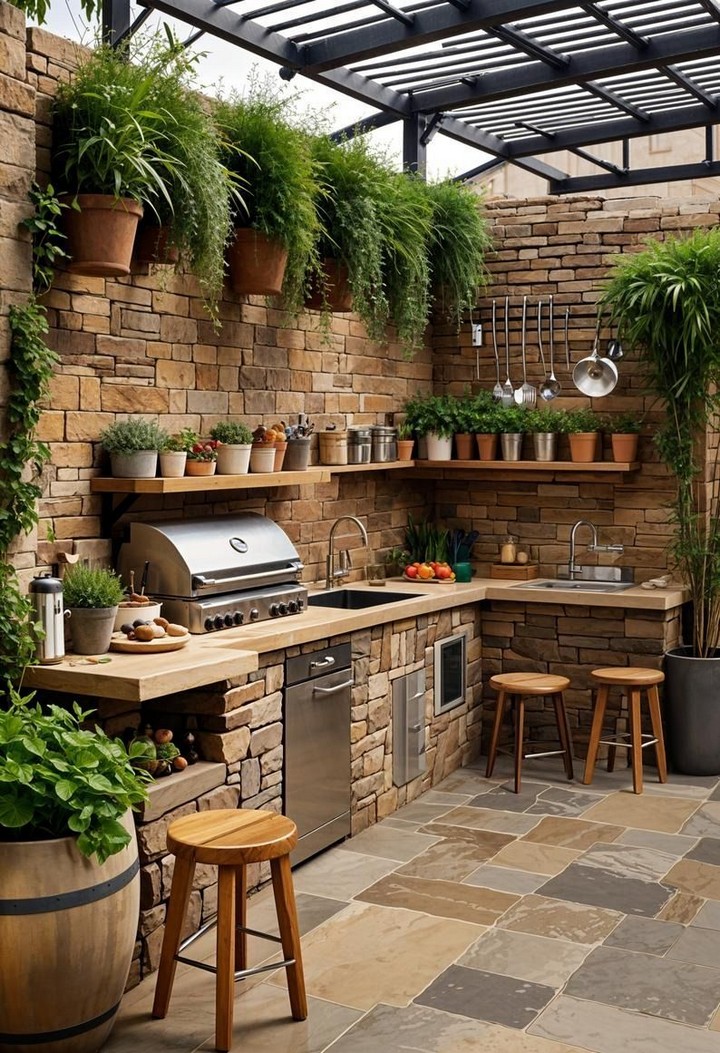
Before: A blank wall facing the kitchen window with no landscaping or visual interest.
After: Living wall system transforms the vertical surface into a productive growing space. Hydroponic towers and pocket planters create layers of herbs and small vegetables visible from inside the kitchen. Automated irrigation ensures consistent care.
Key Elements: Hydroponic systems, automated irrigation, visual impact from indoors
12. The Seasonal Color Rotation
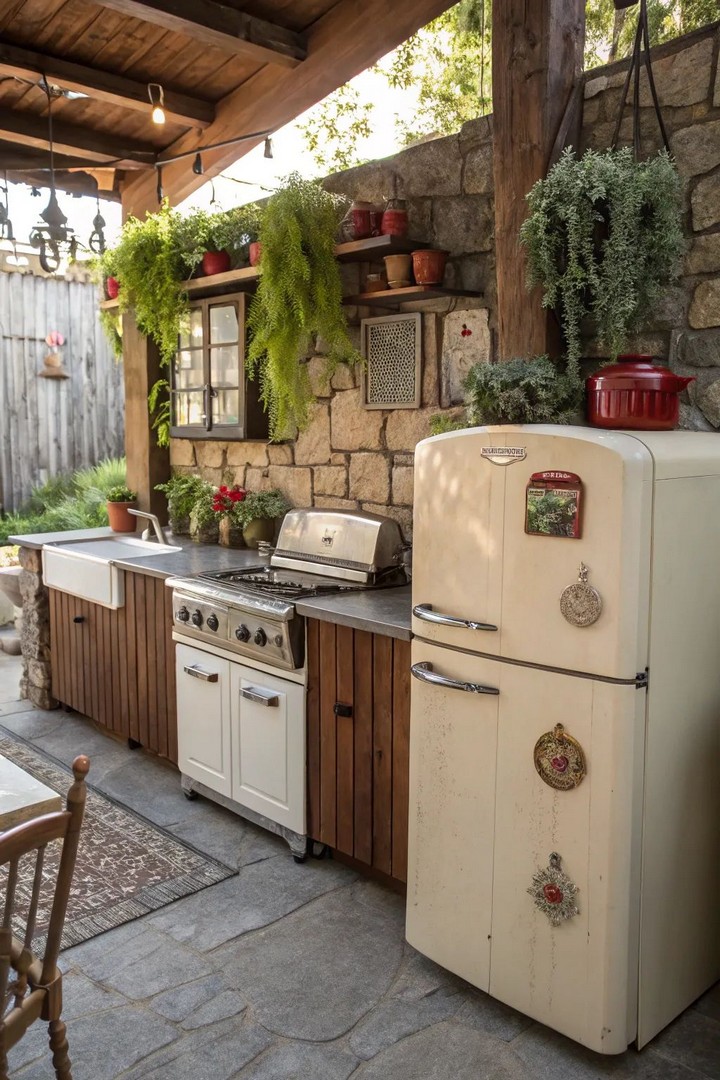
Before: A small patio with failed attempts at traditional flower gardening and poor plant selection for the space.
After: Four-season edible garden with planned color rotations keeps the space interesting year-round. Spring peas give way to summer peppers, then fall kale, and winter herbs, ensuring continuous harvest and visual appeal.
Key Elements: Seasonal planning, continuous harvest, ornamental edibles
13. The Microgreen Production Powerhouse
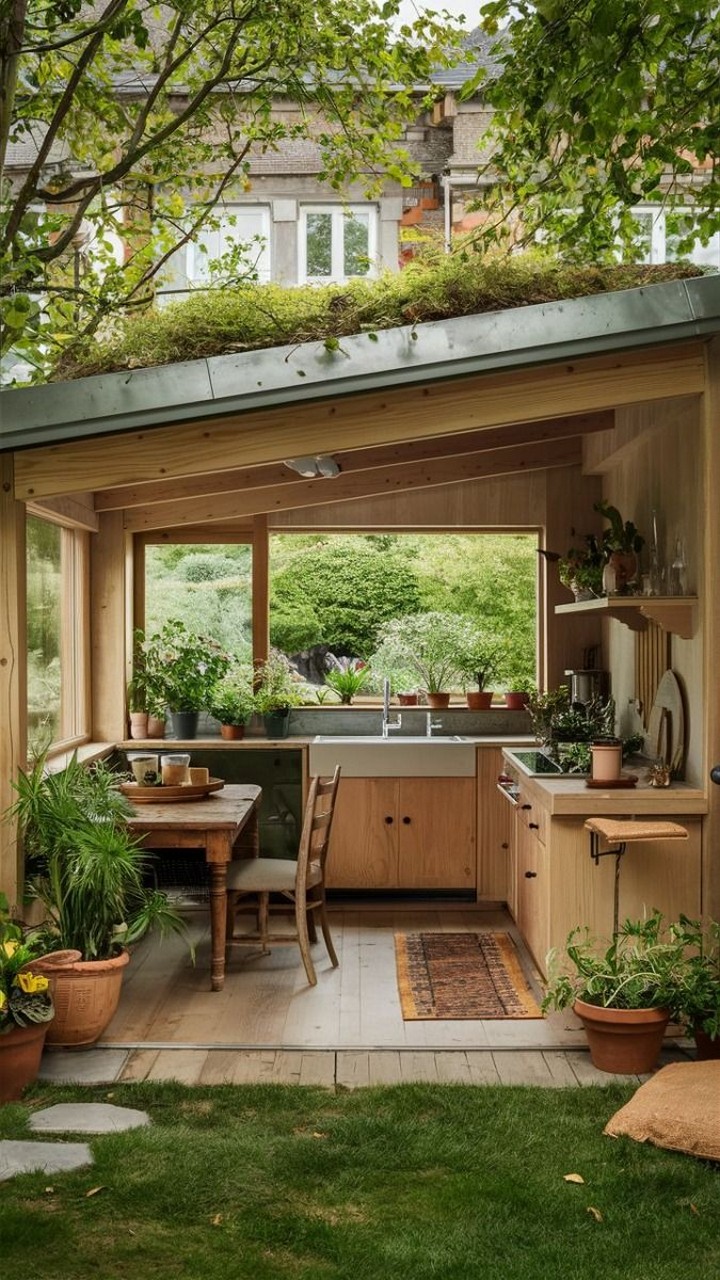
Before: A covered patio area that was underutilized due to limited overhead clearance and poor lighting.
After: Intensive microgreen production using grow lights and shallow containers maximizes yield in minimal space. Multiple weekly harvests provide restaurant-quality greens while requiring minimal vertical clearance.
Key Elements: Intensive production, artificial lighting, quick turnaround crops
14. The Fragrant Pathway Garden
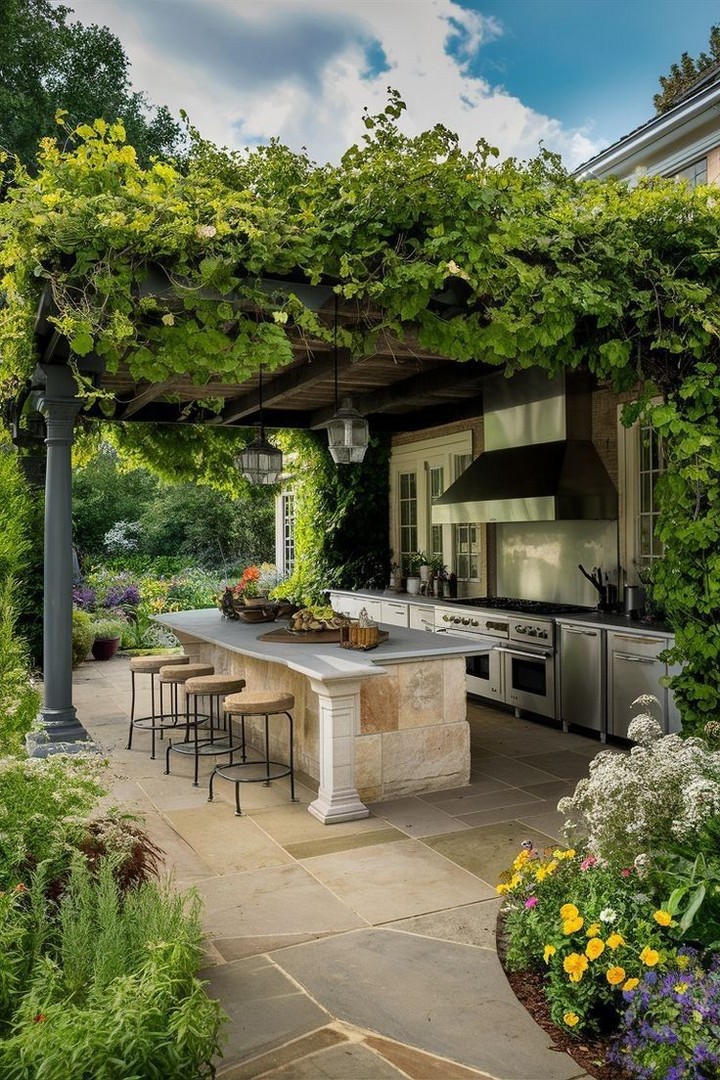
Before: A narrow walkway between kitchen door and garden gate with compacted soil and foot traffic issues.
After: Fragrant herb border with stepping stones creates an aromatic journey from kitchen to yard. Brushing against herbs releases natural fragrances while hardy varieties withstand occasional foot traffic.
Key Elements: Traffic-tolerant plants, sensory experience, pathway integration
15. The All-Season Greenhouse Alternative
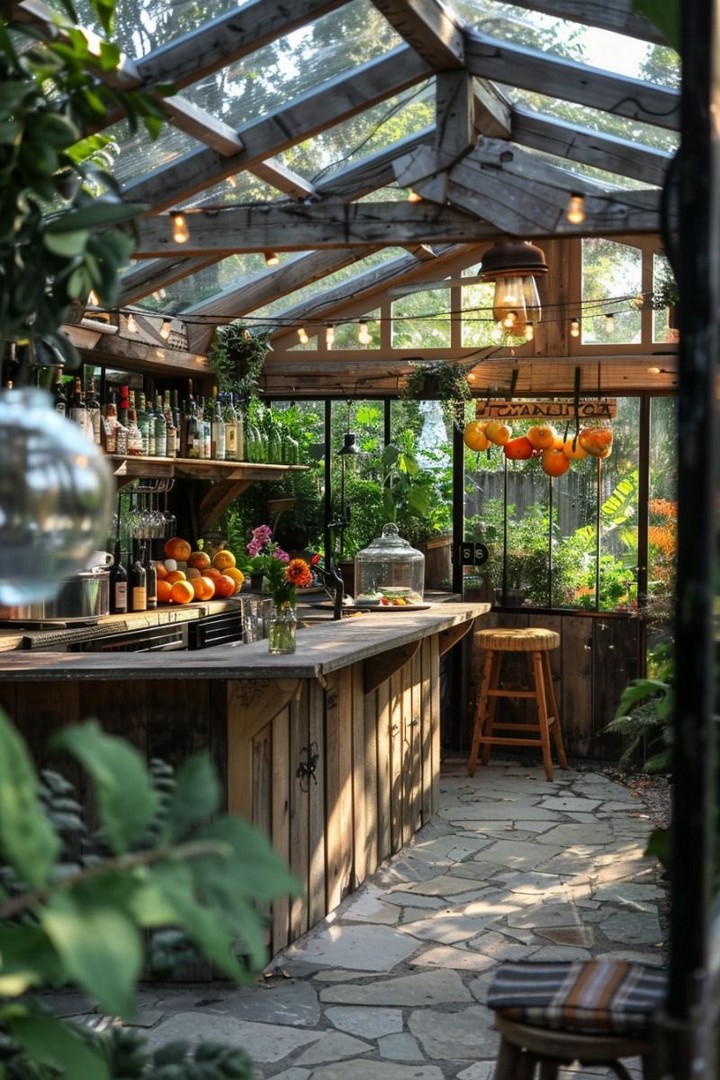
Before: A small alcove near the kitchen that collected snow and remained unused during winter months.
After: Cold frame and season extension structures allow year-round growing in a compact footprint. Succession planting and protection systems provide fresh greens even in harsh winter conditions.
Key Elements: Season extension, cold frames, winter gardening techniques
Essential Design Principles for Small Space Success
Vertical Growing Solutions
Maximizing vertical space is crucial in small courtyard gardens. Wall-mounted planters, trellises, and hanging systems can triple your growing area without expanding your footprint. Consider the weight capacity of your structures and choose lightweight containers filled with quality potting mix rather than heavy garden soil.
Strategic Plant Selection
Choose plants that provide maximum return on space investment. Herbs offer the best value – they’re expensive to buy fresh, grow quickly, and take up minimal room. Cherry tomatoes provide continuous harvest from a single plant, while cut-and-come-again lettuce varieties extend your growing season.
Container Considerations
In small spaces, containers become both functional and decorative elements. Choose pots that complement your home’s style while providing adequate root space. Self-watering containers reduce maintenance, while wheeled planters offer flexibility in arrangement and seasonal storage.
Microclimates and Light Management
Small courtyards often create unique microclimates. South-facing walls reflect heat and light, creating Mediterranean conditions, while shaded corners might support cool-season crops longer. Understanding your space’s specific conditions allows you to select plants that will thrive rather than merely survive.
Technology Integration for Modern Gardens
Modern small space gardens can benefit from technology integration without losing their natural appeal. Automated irrigation systems reduce water waste and ensure consistent moisture levels. Smartphone apps can help track planting dates, harvest schedules, and pest management activities.
Solar-powered LED lights extend growing seasons and create evening ambiance, while weather monitoring systems provide data to optimize growing conditions. Smart containers with built-in sensors can alert you to watering needs or nutrient deficiencies.
Ready to transform your own small space into a productive garden paradise? Share your before photos in the comments below and tell us about your biggest gardening challenges. Don’t forget to bookmark this article for future reference and share it with friends who might be inspired to start their own small space garden transformation. What will your before-and-after story look like?

